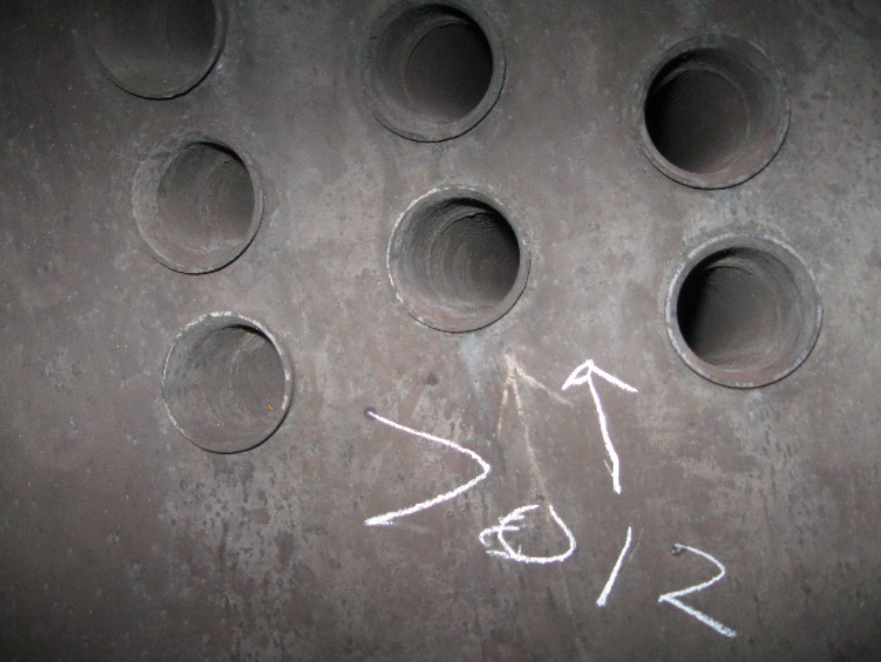
Starting up Boilers for the Season
Preparing for the fall startup of boilers is always a challenge, in part because it compels you to be a weather forecaster.
Plenty of questions arise: When you do fill and start boilers? What steps should you follow? Here is a quick guide from your friends at Chemtex to help you get started.
Filling the Boiler(s)
- First, confirm that all hand holes and manholes are installed.
- Next, verify that all valves in boiler scheme are in operation position, and that the steam header is open.
- Close bottom blowdown valves.
- If there are vents on the tops of drums, open the vents.
- Begin filling with hot softened water from feedwater/deaerator.
- Manually add sulfite and sludge conditioner to the water filling the boiler(s).
- Once the boiler is filled to the proper operating level, fire the boiler.
- Carefully bring the pressure up as you follow the boiler manufacturer’s warm-up curve. Normally, the initial warm-up procedures recommend a boiler in startup should not increase the boiler water temperature at faster than ~ 100°F per hour. Check your manufacturers’ guidelines.
- When the boiler reaches 10-15 PSIG, close the drum vents, and slowly increase boiler firing rate up to operating pressure.

Checking Boiler Chemistry
- Have chemical feed equipment ready to go and functional.
- Have all the testing chemicals and internal chemicals you need on hand ready to feed and protect the boiler Prepare boiler mechanics and chemical feed for startup, so you are ready prior to executing the start-up plan.
- Make sure there is adequate sulfite in the boiler. We recommend ~100 ppm in boiler for this start up. Alkalinity should be up to range, OH of 200 ppm in most applications.
- Based on test results, adjust chemical feed levels to protect this boiler. This is the time to optimize protection of the boiler right from the start.
- Watch the pH of the condensate. If make-up water has high alkalinity, facility may need slightly more steam line treatment. This is because you have added a large amount of make-up water.
- If additional steam line treatment is needed, only add small amounts at a time; adding a big slug of amine can cause carryover.
Tips for Success
Remember that oxygen is the #1 cause of boiler tube failure and starting the season with improper chemistry will give oxygen a head start on its destructive capabilities habits.
Chemtex is always happy to help you make sure you are getting your plant boilers off to a good start for the winter heating season. We’ve said it before, we’ll say it again: It’s worth every effort to get plant boilers properly filled and started; off to a good balance. Plan ahead, execute and adjust. You will be rewarded with protection rather than endless adjustments.
Reach out to us at Chemtex and we’ll help you get the season started right!



/NQA-ISO-9001-Logo-ANAB.jpg)